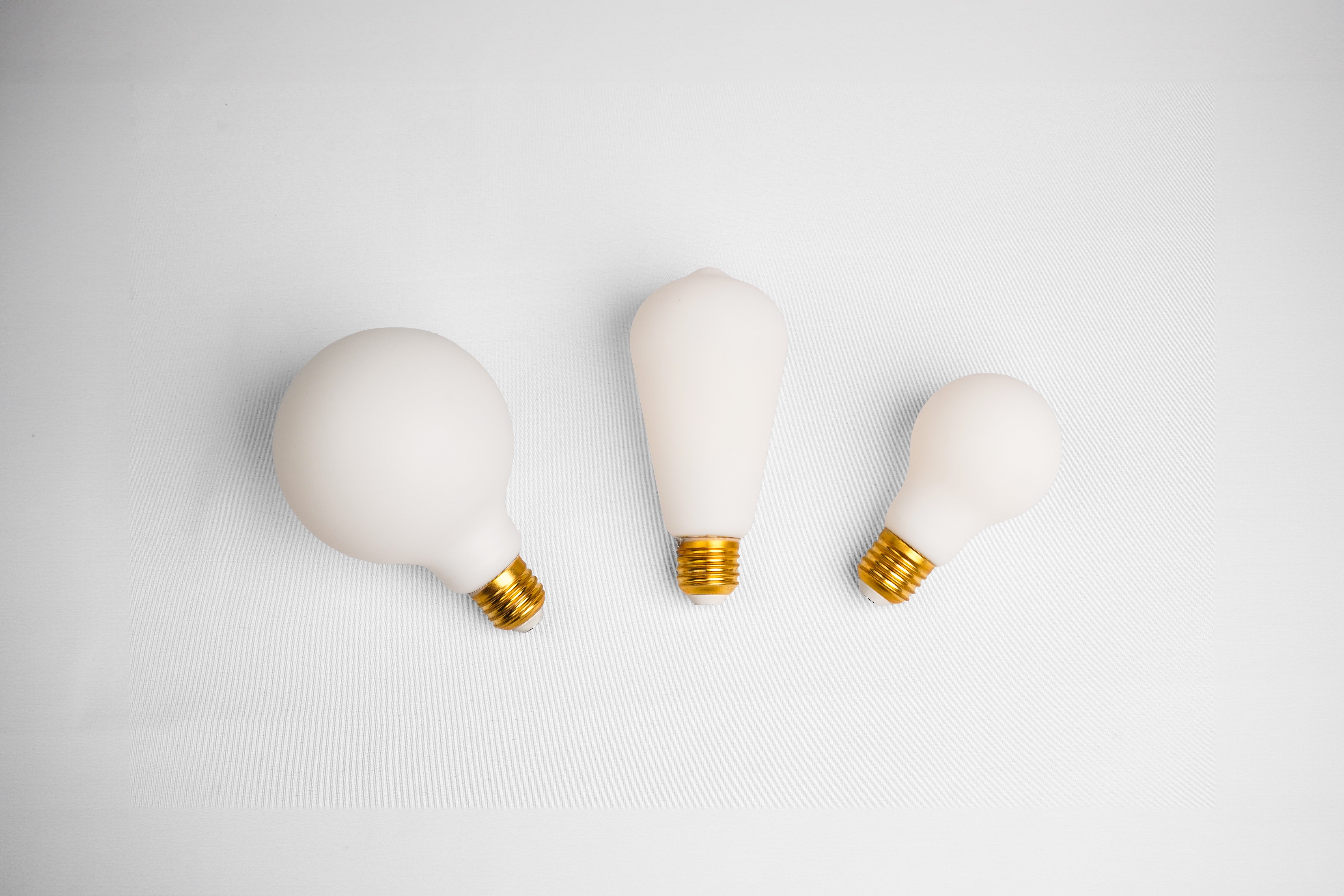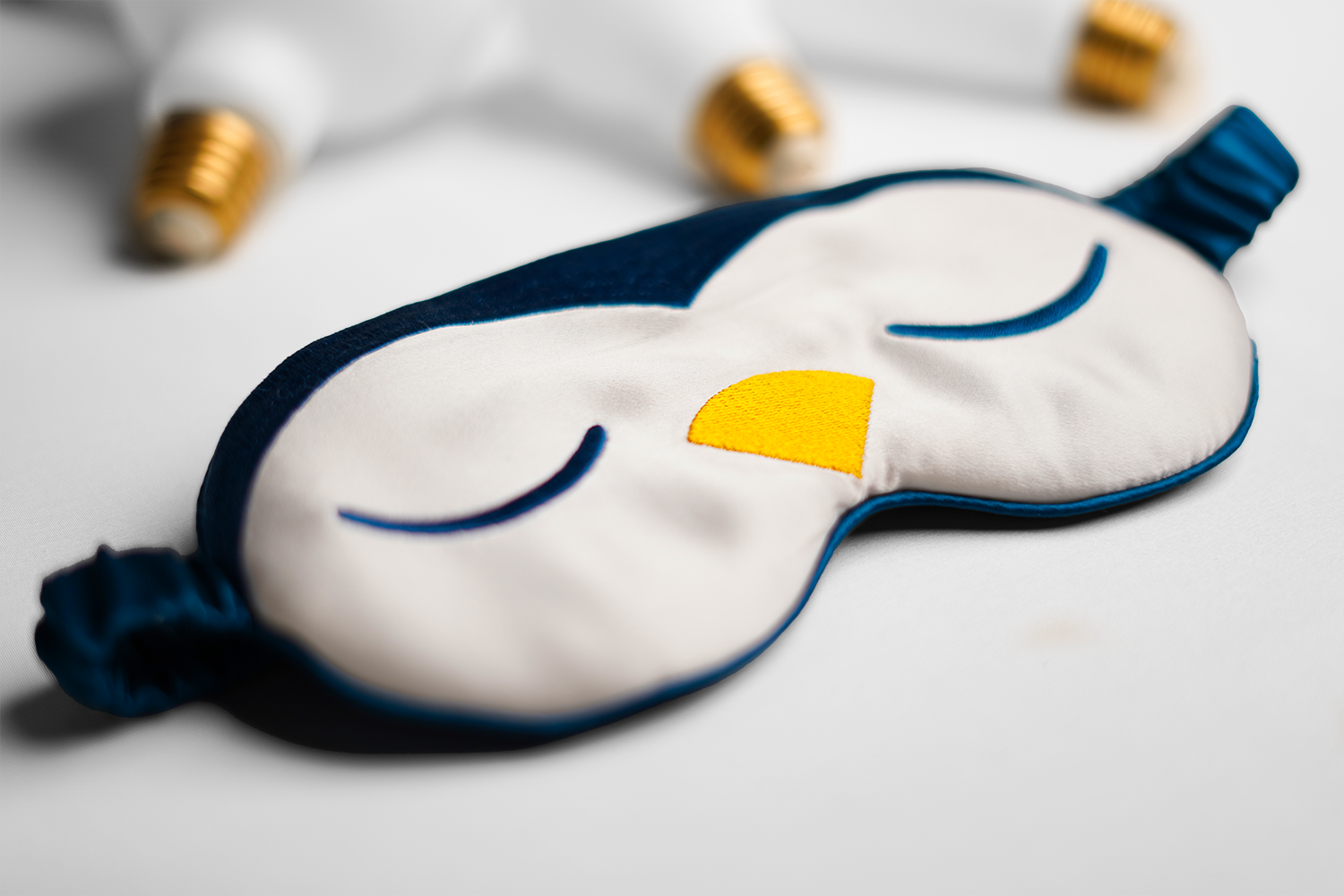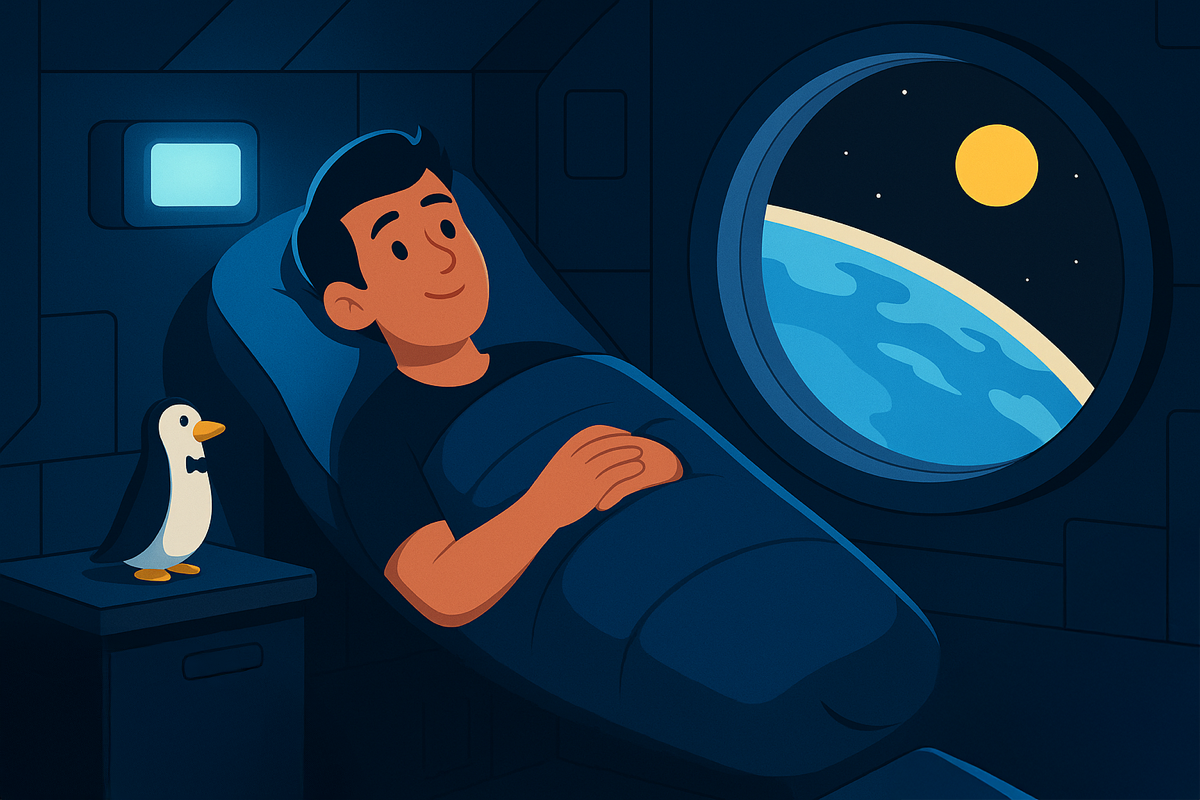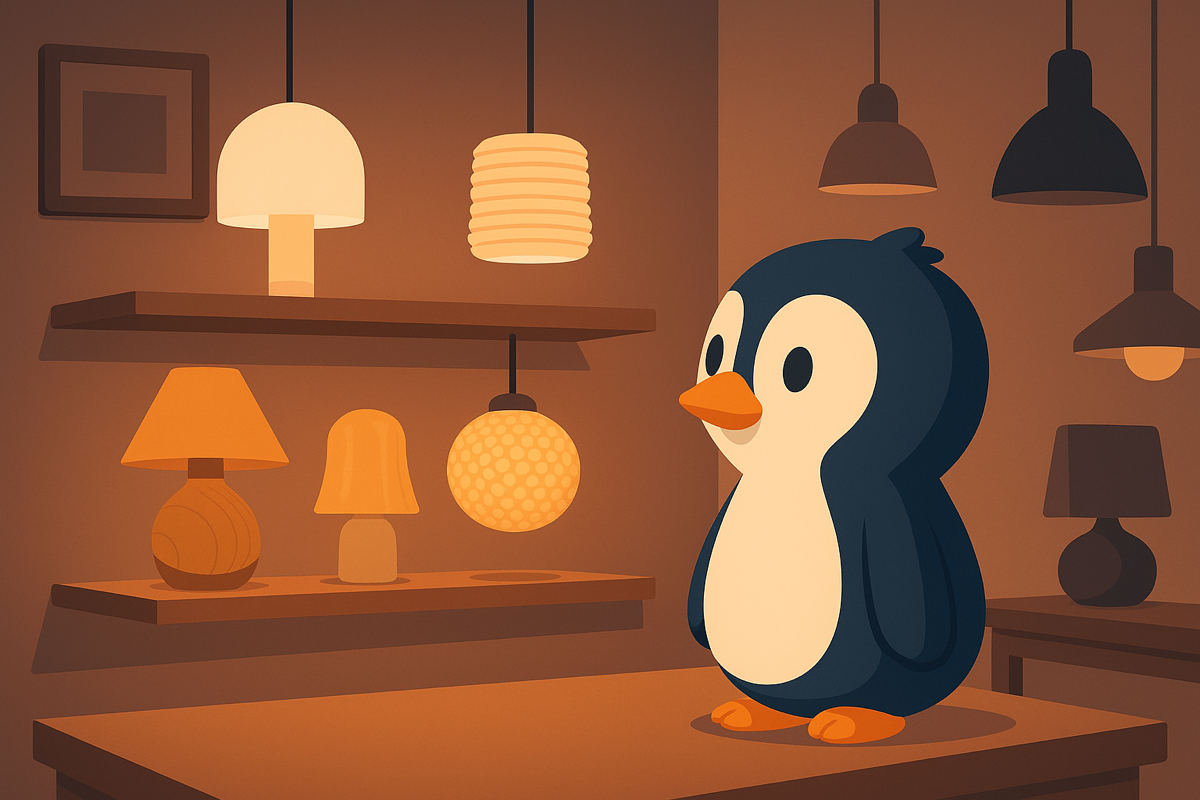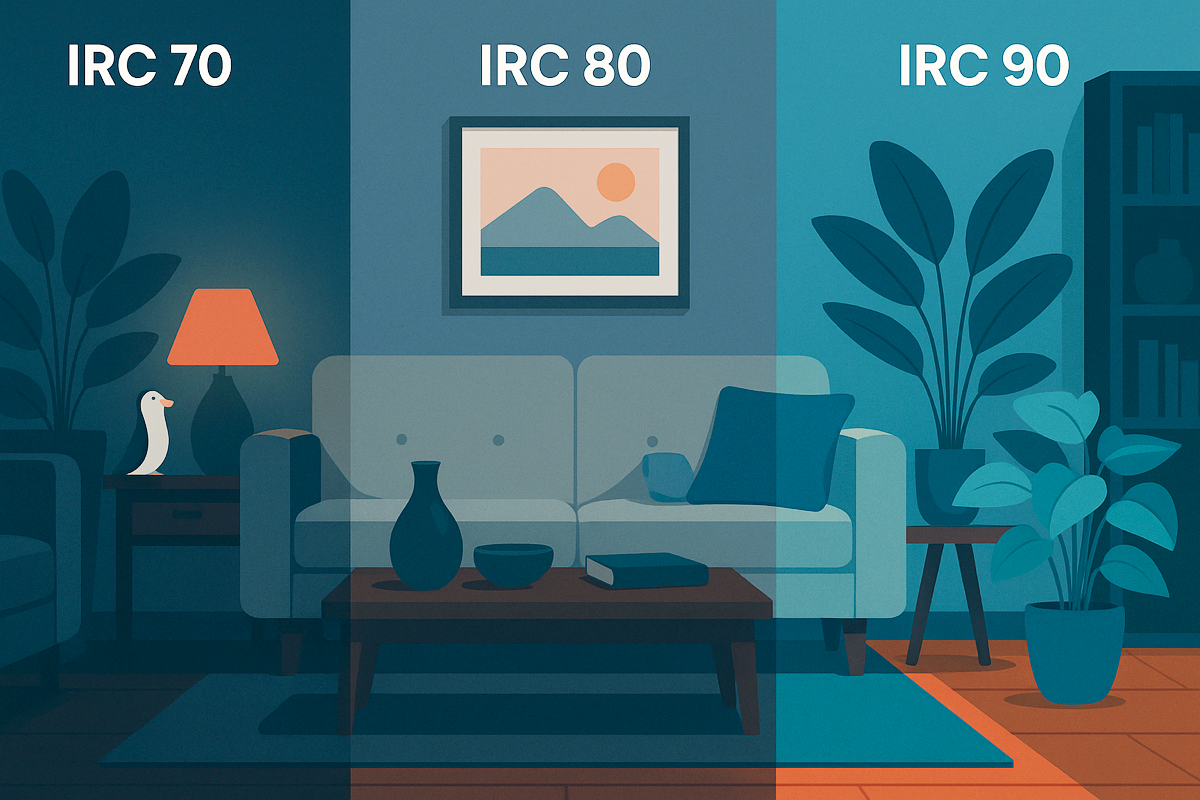Reading time: 7 min.
In short:
In space, our sense of direction collapses. Without gravity, without day or night, the body loses its rhythm. This article explores how the absence of a natural cycle affects astronauts' sleep, and what this reveals about our dependence on Earth's light. Illustrated by a journey into the dark modules of the International Space Station.
📌 Summary
A body without reference points
On Earth, our biological rhythms are dictated by the alternation of day and night. This age-old cadence structures our sleep, our energy, our mood. But in space, everything collapses. On the International Space Station (ISS), the sun rises 16 times a day. Natural cycles are replaced by an omnipresent artificial light, often white, sometimes blue, never stable.
The human body, programmed to synchronize its hormones with sunlight, no longer knows when to rest. Melatonin, the sleep hormone, no longer follows a clear cycle. Cortisol, which prepares us for waking, remains elevated for too long. The result: insomnia, chronic fatigue, and metabolic imbalance. Our entire inner balance is thrown into disarray in weightlessness. Astronauts must reprogram their nights like machines in manual mode.
Weightless sleep
Add to that weightlessness. Sleeping without a bed, without a pillow, without any sense of weight: it's all strange. Astronauts sleep in sleeping bags, clinging to the walls. Their arms float, their legs too. Some even have to tie their heads to prevent them from flopping around. It's not so much comfort that's lacking as anchoring. The body needs to feel like it's landing to fall asleep.
And that's not all. The constant noise of onboard machinery, audible alerts, and control lights all create an environment hostile to rest. The average sleep duration on the ISS is estimated at 5 hours per night. Well below the recommended 7 to 8 hours. This chronic lack of sleep affects memory, judgment, and coordination. Not ideal when you're piloting a laboratory in orbit.
🎥 See the short "Sleeping in Space"
Towards luminous solutions
To counter these effects, NASA conducted several light experiments. Certain areas of the station were equipped with dynamic LEDs, capable of simulating a sunrise or sunset. The goal: to recreate an artificial circadian cycle so the brain can find its bearings. These lights change color throughout the day, from intense blue in the morning to subdued amber in the evening.
This principle is exactly that of Laqi bulbs: a light that accompanies humans, not disturbs them. Whether in space or on Earth, the solution is not total darkness, but luminous intelligence. By recreating natural transitions between day and night, we allow the body to find its rhythm. And therefore, to sleep better, recover better, and live better.
💡 Discover the Laqi Starter Kits
📦 See the complete product unboxing
💬 FAQ
Why do we sleep badly in space?
Due to the lack of a natural light/dark cycle and the lack of physical cues, the brain becomes disoriented, and sleep suffers.
Do astronauts take sleeping pills?
Yes, sometimes. But it's not a sustainable solution. NASA is exploring natural methods, particularly through adaptive light.
Can these solutions be applied on Earth?
Absolutely. The same principles apply to those who work nights, travel a lot, or live in poorly lit environments.
Sleeping without gravity, yes. Without suitable light, no.
In space, just as in your home, sleep requires a clear light cycle. Give your body light that respects its internal rhythm.

